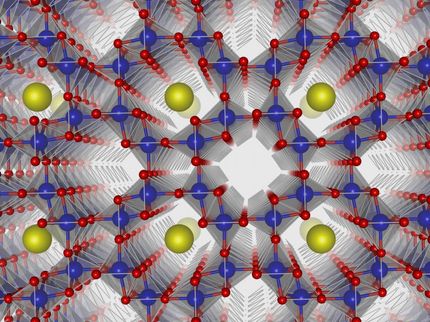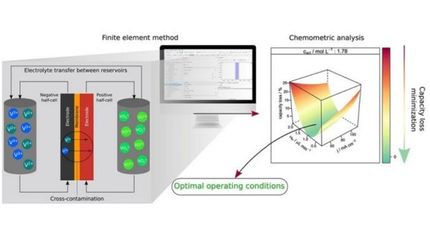Whoever controls electrolytes will pave the way for electric vehicles
Breakthrough in the development of a gel electrolyte-based battery
Advertisement
Professor Soojin Park, Seoha Nam, a PhD candidate, and Dr. Hye Bin Son from the Department of Chemistry at Pohang University of Science and Technology (POSTECH) have achieved a breakthrough in creating a gel electrolyte-based battery that is both stable and commercially viable. Their research was recently published in the international journal Small.
Lithium-ion batteries are extensively utilized in portable electronics and energy storage including electric vehicles. However, the liquid electrolytes used in these batteries pose a significant risk of fire and explosion, prompting ongoing research efforts to find safer alternatives. One alternative is the semi-solid-state battery which represents a middle ground between traditional lithium-ion batteries with liquid electrolytes and solid-state batteries. By using a gel-like electrolyte, these batteries offer enhanced stability, energy density, and a relatively longer lifespan.
Creating gel electrolytes typically involves a prolonged heat treatment at high temperatures, which can degrade the electrolyte, leading to diminished battery performance and increased production costs. Additionally, the interface resistance between the semi-solid electrolyte and the electrode poses a challenge in the fabrication process. Previous studies have encountered limitations in applying their findings directly to current commercial battery production lines due to complex fabrication methods and issues with large-scale applications.
Professor Soojin Park's team tackled these challenges using a bifunctional cross-linkable additive (CIA), dipentaerythritol hexaacrylate (DPH), combined with electron beam (e-beam) technology. The conventional pouch-type battery manufacturing process includes the electrode preparation, electrolyte injection and assembly, activation, and degassing steps. However, the researchers enhanced DPH's dual functionality by simply introducing an additional e-beam irradiation step after the degassing process. The CIA acted as both an additive to facilitate a stable interface between the anode and cathode surfaces during activation and as a crosslinker to form a polymer structure during the e-beam irradiation process.
The team's pouch-type battery, employing a gel electrolyte, significantly reduced gas generation from battery side reactions during initial charging and discharging processes, achieving a 2.5-fold decrease compared to conventional batteries. Furthermore, it effectively minimized interfacial resistance due to strong compatibility between electrodes and the gel electrolyte.
Subsequently, the researchers developed a high-capacity battery of 1.2 Ah (ampere-hour) and tested its performance at 55 degrees Celsius, an environment that accelerates electrolyte decomposition. In this condition, batteries using conventional electrolytes experienced substantial gas generation, leading a rapid reduction in capacity with swelling of the battery after 50 cycles. In contrast, the team's battery showed no gas generation and maintained a 1 Ah capacity even after 200 cycles, demonstrating its enhanced safety and durability.
This research is particularly significant because it enables both the safety and commercial viability of gel electrolyte-based batteries to be rapidly mass-produced within existing pouch battery production lines.
Professor Soojin Park of POSTECH commented, "This achievement in stability and commercial viability is poised to be a breakthrough in the electric vehicle industry.” He added, “We hope this advancement will greatly benefit not only electric vehicles but also a wide range of other applications that rely on lithium-ion batteries."
Original publication
Other news from the department science
Most read news
More news from our other portals
See the theme worlds for related content
Topic World Battery Technology
The topic world Battery Technology combines relevant knowledge in a unique way. Here you will find everything about suppliers and their products, webinars, white papers, catalogs and brochures.

Topic World Battery Technology
The topic world Battery Technology combines relevant knowledge in a unique way. Here you will find everything about suppliers and their products, webinars, white papers, catalogs and brochures.



























































